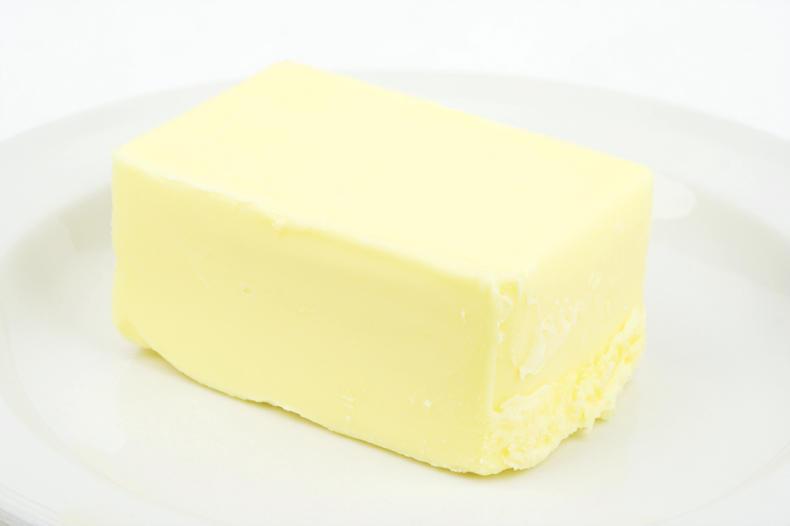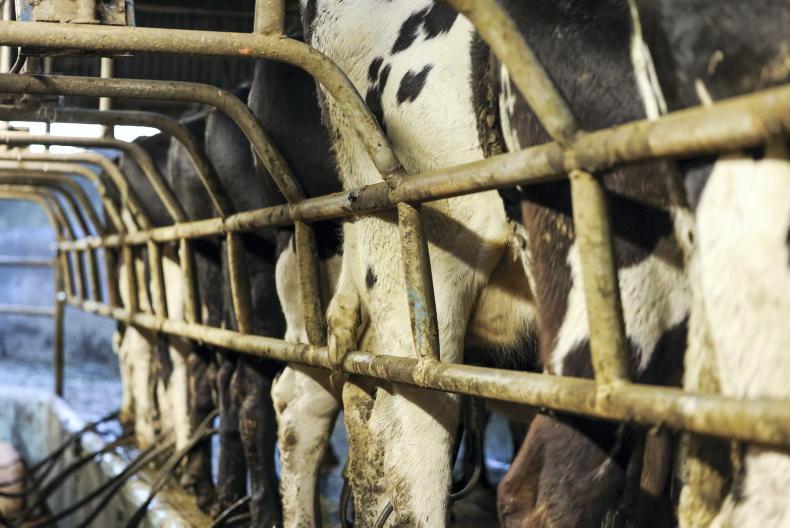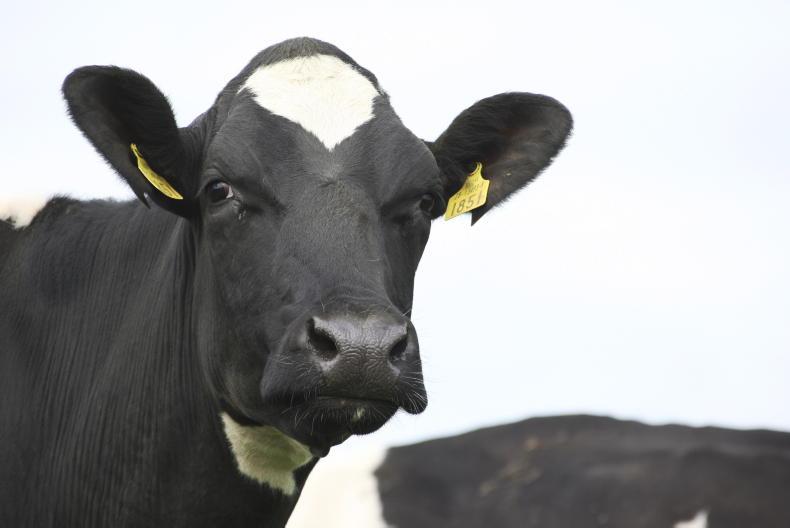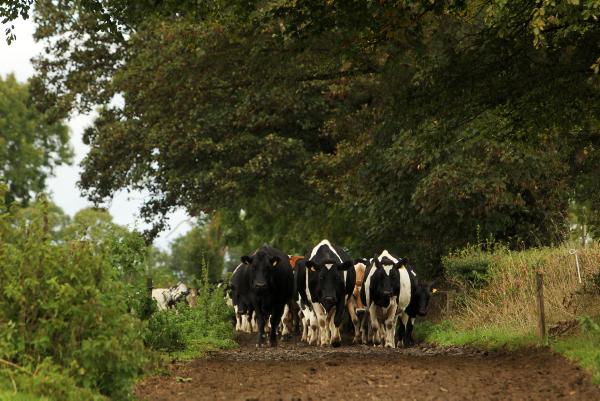EU butter production is forecast to fall by 3% this year, despite strong demand for the product, according to the European Commission’s latest short-term outlook.
A reduction in milk fat content and better returns from other products, namely cheese and whey, are the main factors behind the projected decrease.
With demand leaving less butter available, exports are also forecast to fall by 20%.
By year end, stocks are expected to be very low, at 65,000t, as domestic butter use rises marginally.
Supply and demand
Record butter prices in the EU and worldwide and strong demand highlight the imbalance between supply and demand.
EU figures show that it is replacing margarine; in the EU, with retail sales and catering use of margarine and spreads down 6% in the last four years, butter sales have climbed by 3%.
In addition, butter has partly replaced palm oil in food processing.
Global butter trade
The global butter trade rose by 11% in 2016, the Commission’s latest outlook shows.
It found that the decline observed in the first four months of 2017 results from a lack of availability in New Zealand, the main world supplier, whose exports fell by 9%, and in the EU (exports down by 28%).
Moreover, cream exports have risen significantly (+24% for the EU in the first four months of 2017), thereby drying out the butter market further.
Less SMP and more exports
Skim milk powder (SMP) production in the EU is about 10% lower than last year, and the same reduction is expected throughout the year, as cheese processing is more profitable, according to the outlook.
However, by contrast, exports are projected to increase by 24%, allowing for a reduction in private stocks.
Low SMP prices favour exports, with EU shipments up 13% in the first four months of the year.
Export markets
Exports to most destinations grew in the first four months of the year, except to Saudi Arabia and Egypt for SMP.
Chinese imports increased the most (+43%), and more generally, exports to Asian markets performed extremely well (Vietnam, Thailand, Indonesia and Malaysia), figures show.
In addition, exports to Algeria, the EU’s main customer, increased by 16%.
Intervention
There is a working assumption in the Commission that the volume of SMP currently on sale under the intervention tendering procedure (20,000 t) will be released from intervention stocks in the second half of the year.
Ireland to drive 2017 EU milk production
Dairy opportunity in Japan
Butter prices outside the EU soaring
EU butter production is forecast to fall by 3% this year, despite strong demand for the product, according to the European Commission’s latest short-term outlook.
A reduction in milk fat content and better returns from other products, namely cheese and whey, are the main factors behind the projected decrease.
With demand leaving less butter available, exports are also forecast to fall by 20%.
By year end, stocks are expected to be very low, at 65,000t, as domestic butter use rises marginally.
Supply and demand
Record butter prices in the EU and worldwide and strong demand highlight the imbalance between supply and demand.
EU figures show that it is replacing margarine; in the EU, with retail sales and catering use of margarine and spreads down 6% in the last four years, butter sales have climbed by 3%.
In addition, butter has partly replaced palm oil in food processing.
Global butter trade
The global butter trade rose by 11% in 2016, the Commission’s latest outlook shows.
It found that the decline observed in the first four months of 2017 results from a lack of availability in New Zealand, the main world supplier, whose exports fell by 9%, and in the EU (exports down by 28%).
Moreover, cream exports have risen significantly (+24% for the EU in the first four months of 2017), thereby drying out the butter market further.
Less SMP and more exports
Skim milk powder (SMP) production in the EU is about 10% lower than last year, and the same reduction is expected throughout the year, as cheese processing is more profitable, according to the outlook.
However, by contrast, exports are projected to increase by 24%, allowing for a reduction in private stocks.
Low SMP prices favour exports, with EU shipments up 13% in the first four months of the year.
Export markets
Exports to most destinations grew in the first four months of the year, except to Saudi Arabia and Egypt for SMP.
Chinese imports increased the most (+43%), and more generally, exports to Asian markets performed extremely well (Vietnam, Thailand, Indonesia and Malaysia), figures show.
In addition, exports to Algeria, the EU’s main customer, increased by 16%.
Intervention
There is a working assumption in the Commission that the volume of SMP currently on sale under the intervention tendering procedure (20,000 t) will be released from intervention stocks in the second half of the year.
Ireland to drive 2017 EU milk production
Dairy opportunity in Japan
Butter prices outside the EU soaring










SHARING OPTIONS